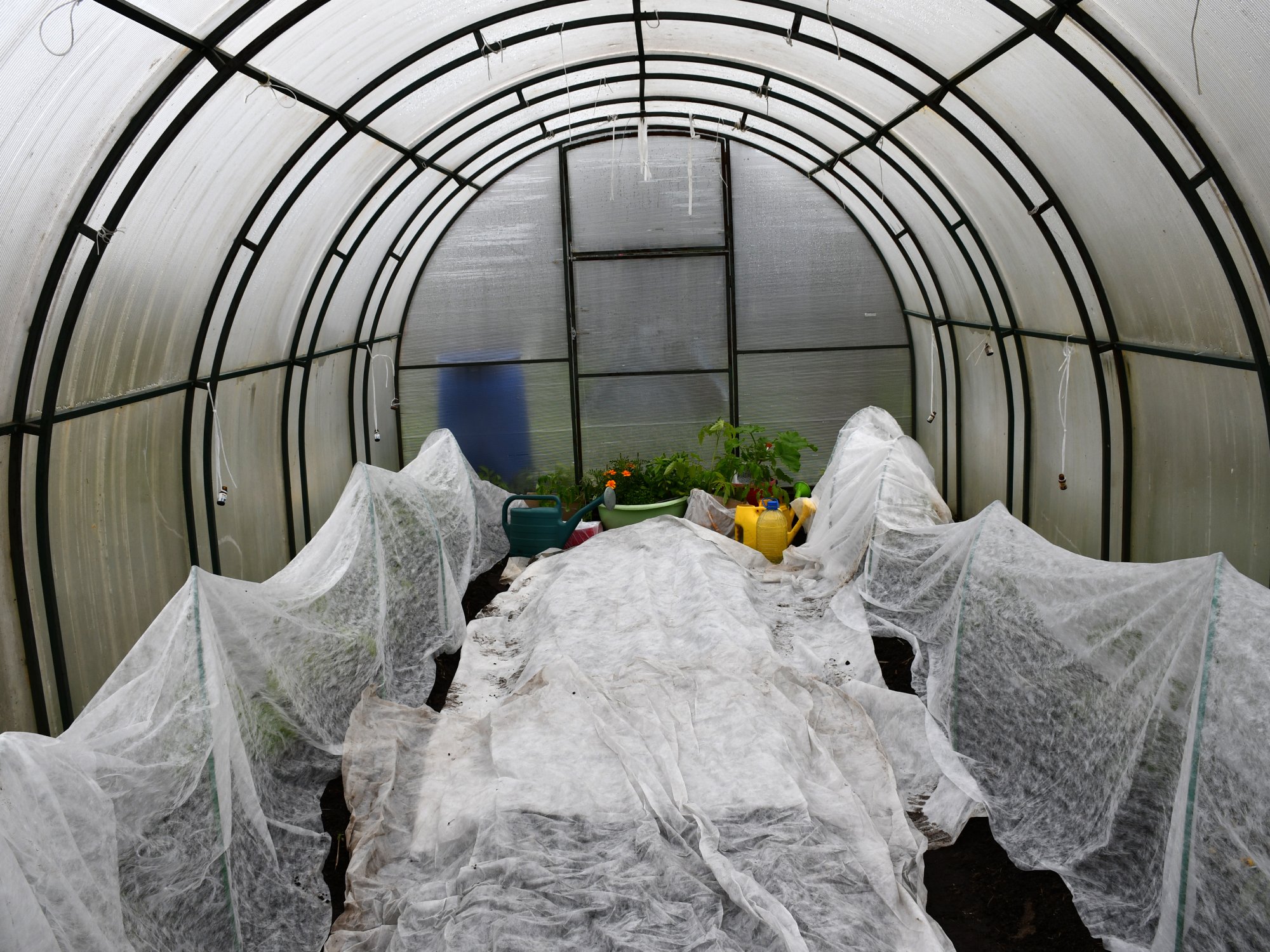Winter can be challenging for gardeners, but with the right preparation, your greenhouse can remain a lush haven despite the freezing temperatures outside. The key to successful winter gardening is creating an environment that replicates the natural conditions conducive to plant growth.
Doing so means paying attention to various elements within your greenhouse, including insulation to retain warmth, efficient heating systems to combat the cold, and adequate ventilation to prevent condensation. Learning how to optimize your greenhouse for the winter will help you transform your setup into a winter sanctuary for your plants, enabling you to enhance their growth year-round.
Insulation
Insulation helps to retain heat, reducing the need for excessive energy consumption from heaters. Begin by inspecting the structure for drafts and sealing any gaps with weather-stripping or caulk. Consider adding thermal screens or bubble wrap to the inner walls, which create an additional layer between the cold external environment and your plants. This cost-effective method can significantly boost the greenhouse’s temperature retention ability.
Heating Systems
A reliable heating system is fundamental to maintaining a consistent temperature during colder months. Various options are available, such as electric heaters, gas heaters, or biofuel alternatives. Consider installing a thermostat to automatically regulate the temperature automatically and maximize efficiency. This automation conserves energy and provides a stable and nurturing environment for your plants.
Ventilation
Proper airflow prevents condensation buildup on plants and greenhouse surfaces, which can cause mold and mildew. Installing automated vents that open and close according to temperature and humidity can greatly enhance your greenhouse’s efficiency. Fans can circulate air evenly throughout the space, avoiding stagnant air pockets. Learning about greenhouse fogging is essential, as this technique increases humidity, making it useful for combating excessive dryness caused by heating systems.
Lighting Solutions
With shorter days and limited sunlight, supplemental lighting is necessary to ensure optimal plant growth during the winter. LED grow lights are an energy-efficient option that provides the full spectrum of light required for photosynthesis. Position these lights strategically to cover all areas of your greenhouse, simulating natural daylight conditions. Timers can automate light cycles, mimicking the natural rise and fall of the sun, which is essential for maintaining the biological rhythms of your plants.
Watering Techniques
Winter watering requires a delicate balance, as overwatering and underwatering can be detrimental. Water plants in the morning to allow moisture to evaporate throughout the day, reducing the risk of root rot. A drip irrigation system can provide consistent and measured watering, preventing excess moisture that could freeze within the soil. Regularly check the humidity levels in the soil to determine the appropriate watering schedule.
Preparing your greenhouse for winter demands attention to detail and strategic planning. By focusing on insulation, heating, ventilation, lighting, and watering, you can create a controlled environment that supports plant health and productivity throughout winter. Implementing these practices ensures that your greenhouse remains a vibrant, fertile space, regardless of the weather outside.
Texas Outdoors
Latest posts by Texas Outdoors (see all)
- Benefits of Two-Way Radios for Hiking and Camping – June 23, 2025
- What To Consider When Staying at Your First RV Campground – June 18, 2025
- A Quick Guide for the Different Off-Road Trail Ratings – June 11, 2025

Leave a Reply